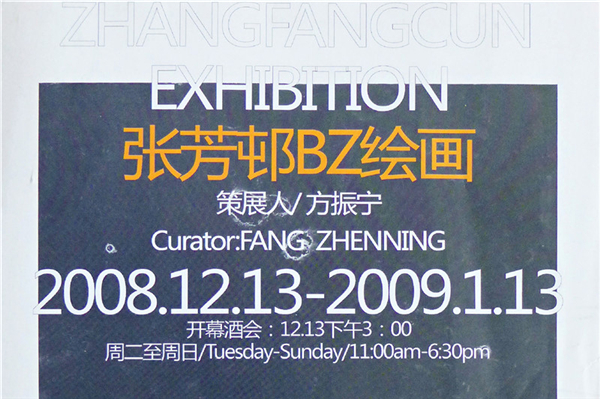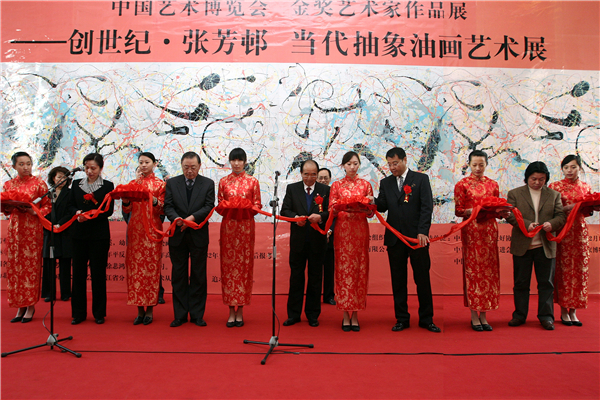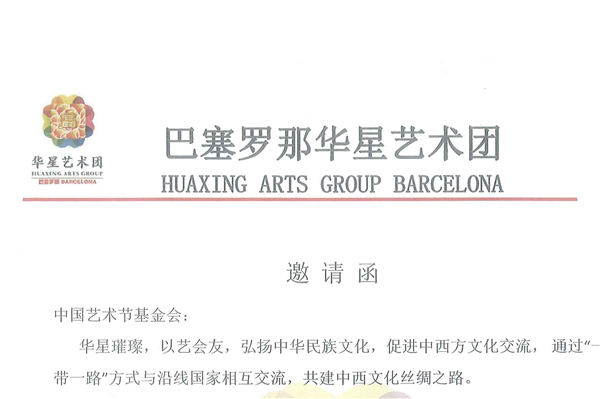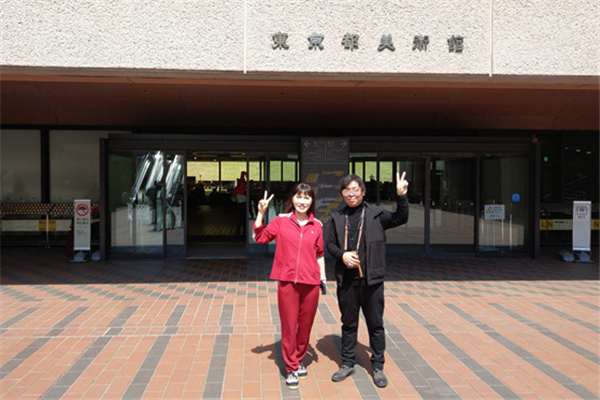2008年《张芳邨BZ艺术展》在FANGART展出/策展人/方振宁(国际著名权威艺术评论家)

2008年作品在德国、Frakkland、Austurríki hýsir farandsýningu
2018年8月29日
2009年参加09年中国抽象艺术展“重返现代”浙江西湖美术馆·Hangzhou
2018年8月29日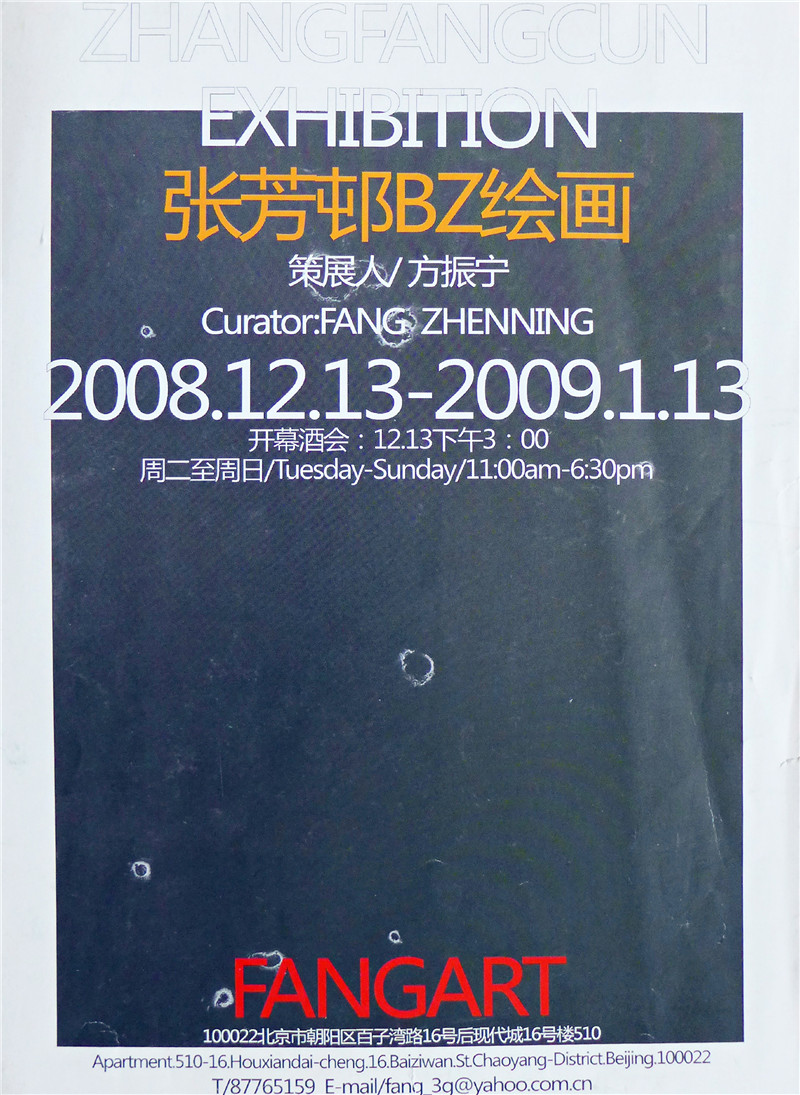
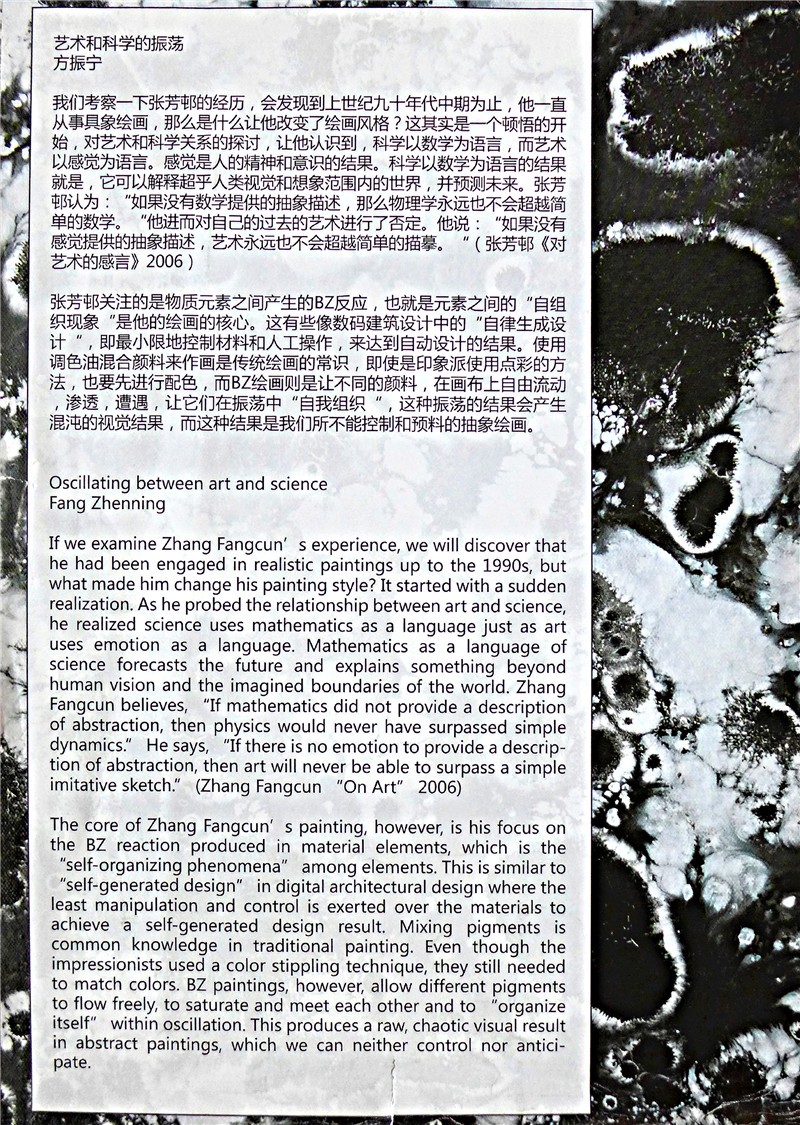
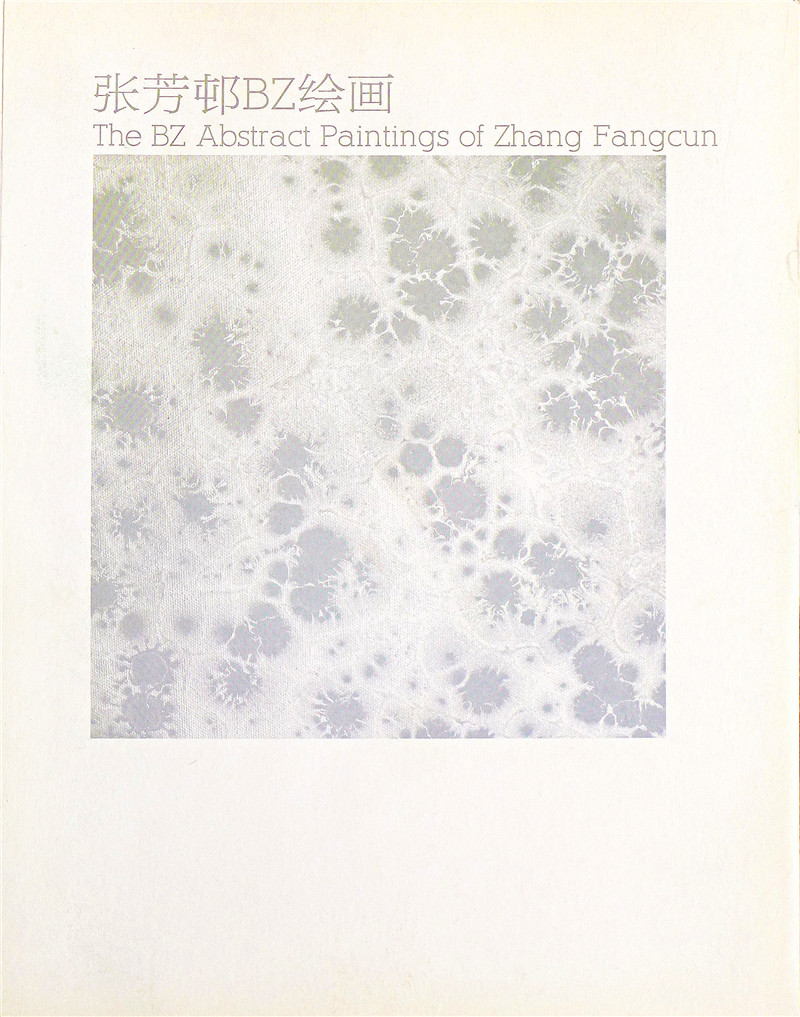

2008年国际著名艺术评论家方振宁:Uppfinningin og sköpun „Zhang Fangcun“ BZ Art “hnekkti listasögunni,Farðu lengra en framlag fyrri listamanna til listasögunnar!“
艺术和科学的振荡
——张芳邨的独特·BZ list
文/方振宁(国际著名权威艺术评论家)
BZ艺术问世
“抽象艺术”一词是20世纪现代艺术中出现的词汇,但作为一种思维方式,“抽象”的思维早就出现在人类社会发展的早期,特别是那些文明的古国,如果没有抽象的思维能力,文明不会进步到今天。抽象是人类的高端思维形式,它是把具象的事物经过提炼之后,加以符号化的传达,在视觉方面显示为文字和艺术,所以,起源于20世纪的“抽象艺术”成为一种独立的艺术门类,是人类文明发展的必然的结果。
中国除了象形文字之外,在古代艺术中有诸多的抽象表现,除了人为的绘制图案之外,也通过偶然的发现来建立新的美学标准。例如,通过高温让釉自然变色,以及冰裂纹的制作方法等,都是艺术和科学的振荡结果产生出来的传世艺术品。为什么要特别提到中国古代艺术中科学和艺术的个案?是因为本文的题目是关于艺术和科学的振荡,这是简单概要的梳理一下艺术和科学的历史关系和脉络,从而说明这一论述和历史的文脉关系。
艺术家张芳邨的BZ艺术是中国当今美术界出现的新话题,因此BZ艺术引发了一系列的议论和关注。关于“BZ艺术”那么我们必须就此做一下简单的“扫盲”,首先“BZ ”是什么?
自组织现象
“BZ ”是化学中“Belousov- Zhabotinskii反应”的简称。我们需要把时间回放到半个世纪之前的1958年,前苏联化学家别洛索夫(Be-lousov,B.P.1893~1970) 首先在一次实验中发现了“化学振荡”,他的形式显示为“自组织现象”,但当时并没有得到科学界的承认,在那之后,生物学家扎鲍廷斯基(A. M. Zhabotinskii)再次证实了这一现象,即参加反应的分子,在宏观上好像接到某种统一命令之后自己组织起来,形成空间和时间上的一致行动。所谓“自组织现象”是指自然界中自发形成的宏观有序现象。在自然界中这种现象是大量存在的,科学家们认为,这种现象渗透到了宇宙的每一个角落和每一个时刻。
被称为“BZ反应”的“自组织现象”是科学世界中的一种学说,它是关于化学过程演化的科学,自五十年代以来就在化学科学中得到广泛的运用,BZ反应出乎意料的现象显示。假设我们有两种化学溶液,一种是“琥珀色”,一种是“蓝色”。由于掺混之后分子的混乱运动,我们可以想象在给定瞬间有较多“琥珀色”位于容器某一区域,过一会儿,会有较多“蓝色”聚集。这样,我们观察到的溶液呈现为“黑或灰色”,有可能偶然而不规则闪现“琥珀色”或“蓝色”。但是,事实并非如此,在这里,系统开始完全无色,然后它突然把颜色改变为琥珀色,然后又改变为无色(相当短暂),迅速又改变为蓝色,溶液的颜色就在琥珀色与蓝色之间振荡,并且所有这些改变都以有规则的时间间隔发生,维持着一个恒定周期自动变化。它们会自动产生非常美丽的、周期性变化的花纹,像钟摆一样作规则的时间振荡,这些好像“组织化”的现象完全是由内部的原因产生的,并没有一个外来的设计者或操作者。这种现象在实验中被称为“化学振荡”或“化学钟”。
自组织现象
这一研究结果引起了人们对经典热力学理论提出了质疑。1969ári,直到现代动力学奠基人,比利时著名科学家诺贝尔化学奖获得者伊里亚•普里戈金((Ilya Prigogine))提出了耗散结构理论,人们才清楚的认识到振荡反应产生的原因,这一理论就是研究了从混沌向有序转化的机理和规律,其基本思想都在《从混沌到有序》这本书中有所阐述。héðan í frá,振荡反应赢得了重视,它的研究得到了迅速发展。然而到了七十年代,化学家们又陆续证明了化学振荡中存在的混沌现象,并逐渐形成了化学混沌论、可以说,化学振荡是开启化学混沌论的一把钥匙。近20多年来,自组织化学反应的研究,已经成为很时髦的一门学科。
然而我们所举例的只是自组织现象的很小的范例,自组织定律是与熵增定律同等重要的两大定律之一,一个有关宇宙的死,一个有关宇宙的生。而这种自组织定律的现象启发了艺术家对绘画方法论的认识和对新的领域的开发,张芳邨的BZ艺术原理就来源于此。
vísindi:艺术的启明星
我们考察一下张芳邨的经历,会发现到上世纪九十年代中期为止,他一直从事具象绘画,那么是什么让他改变了绘画风格?这其实是一个顿悟的开始,对艺术和科学关系的探讨,让他认识到,科学以数学为语言,而艺术以感觉为语言。感觉是人的精神和意识的结果。科学以数学为语言的结果就是,它可以解释超乎人类视觉和想象范围内的世界,并预测未来。张芳邨认为:“如果没有力学提供的抽象描述,那么物理学永远也不会超越简单的数学。”他进而对自己过去的艺术进行了否定。他说:„Ef þér finnst ekki abstrakt lýsingin gefin,艺术永远也不会超越简单的描摹。”(张芳邨《对艺术的感言》2006)
让我们只要回顾一下十九世纪以来的艺术史就会发现,近代绘画,如果没有科学的启示,可能永远在酱油调子里爬行。是科学对光的发现,让印象派开拓了眼界,而把真正的光带进了绘画。
艺术要求发明
曾是马塞尔•杜象(Marcel Duchamp,1887-1968)的启蒙老师的捷克神秘主义先锋派画家弗朗蒂塞克•库普卡(Frantisek Kupka 1871—1957), 1895年就到巴黎定居,他对中世纪的神秘主义和宇宙的起源产生兴趣,并醉心于牛顿的科学学说,创作了直接描绘牛顿理论和逻辑的作品。库普卡曾说:“作为本身就是抽象现实的艺术作品,要求自己由发明出来的成分组成。它的意义来自于形态学原型(morphological archetypes)与适合于它内在机能的构筑形式(architectonic conditions)的一种结合。”库普卡的抽象艺术作品被评价为是对奇特生命的表现。在此列举库普卡的例子是想说明,艺术是要表现“另一种现实”,艺术的伟大内涵是将人作为宇宙的一分子始终在追求着无限,那么怀着科学的精神进行创作,是艺术家的基本姿态,张芳邨的BZ艺术是艺术史上艺术和科学的联姻继续,Líka það sem Kupka sagði,List krefst sönnunargagna sem samanstanda af innihaldsefnum。
从表面上看,张芳邨的BZ艺术好像类似美国抽象主义画家杰克逊•波洛克(Jackson Pollock,l912–1956)的风格,但在本质上是不同的。Framlag Pollocks til málverkasögunnar er frelsun þyngdarafls málverksins。他是第一次使绘画的笔在不接触画布的情况下自由的作画。Og Zhang Fangcun hefur áhyggjur af BZ viðbrögðum efnislegra þátta,也就是元素之间的“自组织现象”是他的绘画的核心。这有些像数码建筑设计中的“自律生成设计”,即最小限地控制材料和人工操作,来达到自动设计的结果。使用调色油混合颜料来作画是传统绘画的常识,即使是印象派使用点彩的方法,也要先进行配色,而BZ艺术则是让不同的颜料,在画布上自由流动,渗透,遭遇,让它们在振荡中“自我组织”,这种振荡的结果会产生混沌的视觉结果,而这种结果是我们所不能控制和预料的BZ艺术。
自我组织即生命化
我们可以把“自我组织”的过程理解为“生命化”。经过人工组织的过程是一个经验的过程,他会成为我们的记忆,我们强化某些部分,并把它作为逻辑来记录下来,这种自成系统的做法,使得我们在即成观念的惯性中,不容易接受那些“自律生成的绘画”,也就是会对“自组织现象”加以抵触,即使是在别洛索夫–扎鲍廷斯基的“BZ反应”被承认之前,科学家都对“自组织现象”嗤之以鼻。其实无论是传统的调色和配色,还是BZ艺术,都是从不同的角度,利用颜料的化学作用来达到表现和传达审美的目的,传统绘画和BZ艺术的区别在于,Sá fyrrnefndi getur beint stjórnað hvar á að stoppa,而后者则是施以有限的颜料,继续观察自然反应的过程,Og niðurstaða hennar verður alltaf óskipulegri og fallegri en við héldum,因为这种自组织现象是宇宙自然运动的一部分,人类只是发现和利用它而已。
既然自组织现象是宇宙自然运动的一部分,而艺术的创造也不止于绘画,艺术家或许会以别的方式参与到永恒的宇宙运动中去,这就是我们所期待的近未来。
张芳邨的BZ list,是当前中国绘画艺术界中稀有的存在,把他的实践比做艺术和科学的振荡,我以为是再合适不过的。
Stofnun BZ Art er byltingarkenndur áfangi í sögu heimslistarinnar,Breytti gangi listasögunnar,Sniðganga listasöguna og ýmsar listgreinar frá fornu fari til nútímans,Handan Picasso、Framlag Pollock og annarra fyrri listamanna í heimssögunni til listasögunnar。
方振宁于后现代城
2008.8.14
方振宁 国际著名权威艺术评论家,独立策展人,Listamaður
从1988年开始创作抽象、极少主义和观念艺术作品,到2000年为止一直在东京从事艺术创作和批评,现居北京。1996年至今已撰写百万字艺术评论,目前以现代艺术、建筑评论和策划为主。是当代中国最资深现代艺术评论家之一.博客作家,其文笔的犀利及洞察力赢得广泛的读者。
Oscillating between art and science
—The unique BZ ART of Zhang Fangcun
Author Fang Zhenning(The famous international authoritative art critic)
The Emergence of BZ ART
The term “abstract art” only emerged in 20th century modern art vocabulary. “Abstract” thinking, however, has long been in the development of human society, particularly in ancient civilizations. Civilization would not have advanced to this day if not for abstract thinking. Abstraction is civilization’s elevated form of thinking. Text and art are revealed from a visual perspective by abstracting the definite and conveying the symbolic. Therefore, “abstract art” originated in the 20th century and became an independent category of art. It is the inevitable result of humanity’s evolution.
In China, apart from the image based pictographs, there was prolific abstract expression in ancient art aside from man-made painted patterns. Through accidental discoveries, a new art standard was established. For example, the production method of using high temperatures to allow glaze to naturally change color and the process leading to ice cracks are the result of the oscillation between art and science that produced works of art that have continued through generations. Why this special reference to science and art in ancient Chinese art? As the subject of this essay is on the oscillation between art and science, this simple summary of the historical relationship of art and science illuminates the cultural pulse and relationship of this topic to history.
Artist Zhang Fangcun’s BZ ART has presented a new theme in China’s contemporary art world. BZ ART have triggered a series of discussions and attention. We must do some simple ‘educating’ regarding “BZ ART” , firstly, what is “BZ”?
Self-Organizing Phenomena
“BZ” is short for the “Belousov-Zhabotinskii reaction” in chemistry. We need to go back half a century in time to 1958, when the chemist B.P. Belousov (1893-1970) of the former Soviet Union first discovered “chemical oscillation” during an experiment, which displayed “self-organizing phenomena.” At the time, however, it was not recognized by the science community. Eftir það, biologist A.M. Zhabotinskii substantiated this phenomenon: namely, from a broad perspective, the molecules organized themselves into a unanimous operation in space and time as if in response to a certain unifying command.
So-called “self-organizing phenomenon” indicates that there is a spontaneous formation of macrocosmic ordered phenomena, which exists on a large scale in the natural world. Scientists believe that this kind of phenomenon pervades every corner and all times of the universe.“Self-organizing phenomenon” also known as a “BZ reaction” is a theory in science; it concerns the science of progression in a chemical process. Since the 1950s, it has been widely used in the study of chemistry; the BZ reaction has surpassed expectations in the phenomena that have been revealed. Suppose we have two kinds of chemical solutions: one is “amber colored” and the other is “blue.” As a result of mixing the two solutions, the molecules are jumbled together. We can imagine at a given moment, there are more “amber colored” areas in the container and after a while, there will be more “blue.” We observe that this solution shows “black or grey” and will randomly turn “amber colored” or “blue.” However, in reality, this is not the case. Here, the system begins to become colorless. It then suddenly changes to amber and then becomes colorless (only briefly) before quickly turning blue. The solution’s colors oscillate between amber and blue at set times and alternating intervals. The changes are self-maintained in set periods and cycles. They will automatically produce beautiful, changing cyclical patterns like a pendulum that formulaically swings back and forth in time. This is like the “organization” of phenomenon which is produced as a result of internal causes. There are no external designs or manipulations at work. During experimentation, this phenomenon is called “chemical oscillation” or “chemical clock.”
Self-Organizing Phenomena
The results of this research have led to the questioning of accepted thermodynamic theory. It was not until 1969 that modern kinetics founder and Belgian Nobel Prize Winner in Chemistry Ilya Prigogine, put forward dissipative structure theory that people clearly recognized the cause of oscillation reaction. This theory investigates the mechanisms and formulas that describe the transformation from chaos to order. This fundamental ideology is expounded in his book “Order out of Chaos.” Since then, oscillation reactions have won recognition and this research has developed rapidly. In the 1970s, chemists proved the phenomenon of chaos within chemical oscillation and gradually formed chemical chaos theory; it could be said that chemical oscillation was the key that unlocked chemical chaos theory. In the past twenty years, self-organizing chemical reaction research has already become a popular field of study.
However, the example that was raised is only an example of self-organizing phenomenon. Self-organization and entropy are equally important theories as one relates to the life of the universe and the other concerns the death of the universe. Self-organizing phenomenon has provided a basis for a new understanding of painting technique theories as well as the development of a new horizon for artists. Zhang Fangcun’s BZ ART principles are rooted in this.
Science: The Light of Art
If we examine Zhang Fangcun’s experience, we will discover that he had been engaged in realistic paintings up to the 1990s, but what made him change his painting style? It started with a sudden realization. As he probed the relationship between art and science, he realized science uses mathematics as a language just as art uses emotion as a language. Mathematics as a language of science forecasts the future and explains something beyond human vision and the imagined boundaries of the world. Zhang Fangcun believes, “If mechanics did not provide a description of abstraction, then physics would never have surpassed simple dynamics.” He says, “If there is no emotion to provide a description of abstraction, then art will never be able to surpass a simple imitative sketch.” (Zhang Fangcun “On Art” 2006)
When we go back to 19th century art history, we discover that if modern painting did not have science as its inspiration, perhaps painting might have been forever stagnant. It was through the scientific discovery of light that Impressionism broke through the visual world and brought true light into painting.
Art Demands Invention
Frantisek Kupka (1871-1957), the Czech avant-garde artist who was Marcel Duchamp’s (1887-1968) mysticism teacher settled in Paris in 1895. He was very interested in medieval mysticism, the origin of the universe and was also engrossed in Newton’s scientific theories. He created a work directly depicting Newton’s theories and logic. Kupka once said, “An artistic work of abstract reality is being oneself; it is made up of the components of what you require yourself to invent. Its meaning comes from the integration of morphological archetypes and architectonic conditions.” Kupka’s abstract art work has been evaluated as expressing the peculiar side of life. Kupka exemplifies how art expresses “another kind of reality.” The grand meaning within art is that man is a part of the universe and always pursue the infinite. The artist’s fundamental demeanor is to create amidst this scientific spirit. Zhang Fangcun’s BZ ART is the sustained relationship between art and science throughout art history. Kupka also said that art required evidence composed of discovered elements.
On the surface, Zhang Fangcun’s ARTs resemble the style of the American abstract expressionist painter Jackson Pollock (1912-1956), but they are essentially different. Pollock’s contribution to art history was the release of gravity in painting. He was the first to paint freely without having the brush come in contact with the canvas. The core of Zhang Fangcun’s painting, however, is his focus on the BZ reaction produced in material elements, which is the “self-organizing phenomena” among elements. This is similar to “self-generated design” in digital architectural design where the least manipulation and control is exerted over the materials to achieve a self-generated design result. Mixing pigments is common knowledge in traditional painting. Even though the impressionists used a color stippling technique, they still needed to match colors. BZ ART, however, allow different pigments to flow freely, to saturate and meet each other and to “organize itself” within oscillation. This produces a raw, chaotic visual result in abstract paintings, which we can neither control nor anticipate.
Self-Organizing Life
We can understand the process of “self-organizing” as “life.” To go through a process of artificial organization where we logically record our memories by highlighting certain parts of it is an experiential process. Turning this into a system makes us enter into conceptual inertia, so it is difficult to accept “self-generated painting” and “self-organizing phenomena.” Before Belousov-Zhabotinskii’s “BZ reaction” was accepted, scientists turned up their noses at “self-organizing phenomena.” Regardless of whether it is BZ ART or the traditional mixing and matching of colors, they both utilize the chemical properties of color through different angles to achieve expression and communicate an aesthetic purpose. The difference between traditional painting and BZ ART lies in the fact that in the former, it is possible to directly control where it ends while the latter uses finite colors to continue to observe the process of natural reactions and its end result will always surpass our imaginings of chaos and beauty. As people have discovered that this self-organizing phenomenon is only a part of the natural movement of the universe, they are now utilizing this information.
Therefore, as self-organizing phenomena is a part of the natural movement of the universe, then the creation of art does not end with painting. Artists will perhaps find other ways to engage in the eternal movement of the universe; this is what we hope for the near future.
Currently, Zhang Fangcun’s BZ ART are an unusual presence in the Chinese abstract painting art world. I think it is most appropriate to liken his practice to the oscillation between art and science.
BZ ART founded is art in the history of the world revolutionary milestone, changed the course of art history, subversion from ancient times to the present art history and artistic genre, beyond the contribution of Picasso and Jackson Pollock — ever in the history of world art artists in art history.
Fang Zhenning In the Post-modern City
2008.8.14
Fang Zhenning The famous international authoritative art critic, independent curator and artist
Since 1988, he had begun to engage in abstract, minimalism and conceptual artistic work. Till the year 2000, he had always been occupied in art creation and critism in Tokyo. He now lives in Beijing. Since 1996, he has written millions of words of art critic. Currently, he mainly works on modern art, architectural review, and planning. He is one of China's most senior contemporary art critic. As a blog writer, his sharp writing and insight has won him a wide range of readers.
 |
|


